According to the EPA, the averageAmerican family spends $1,300 a
year on energy bills. What would you say to
cutting that by 20 to 30 percent—a savings
of $260 to $390? It’s not difficult to achieve
these savings, if you focus on two strategies:
fixing or replacing house components, and
fixing your household’s habits. Take a look
around your house—you can make a difference in just a few hours.
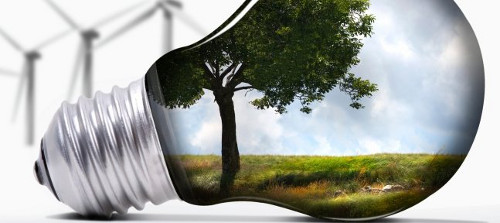
Identifying Energy Wasters :
For a comprehensive report on where and how to improve your home’s
energy efficiency, have your local power company or energy contractor
conduct an energy audit (some power companies offer these audits free
or at a significant discount). These use inspections and tools such as
infrared photography or blower tests to identify where the house is
losing energy.
An audit provides detailed, quantifiable results, but you can also
conduct basic visual tests yourself. If your house has drafts, unevenly
heated or cooled rooms, high utility bills, and frosty windows or walls,
you already know there’s a problem. To find the source(s), light an
incense stick and slowly pass it near areas where two materials or
house components meet: window and door frames, light fixtures,
electrical outlets, vents, chimneys, plumbing, and holes where services
come through an exterior wall. When the smoke blows about, you’ve
found energy being wasted, and a good place to start weather-stripping
or sealing.
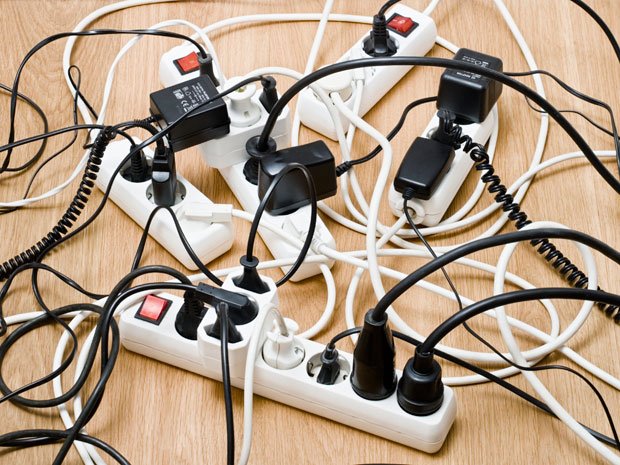
Reducing Utility Bills :
Although energy efficiency has huge environmental benefits, the most
obvious advantage to you is lower utility bills. A home renovation is the
ideal time to incorporate major energy conservation measures (such as
windows with low-emissivity coatings), but you can accomplish a lot with
everyday options.
#FACT :
When shopping for new appliances—from ceiling fans to
dishwashers to furnaces—look for the Energy Star label. It means
the product has met strict energy efficiency guidelines from the EPA
and the U.S. Department of Energy, and will help you save money.
Similarly, choose compact fluorescent or halogen light bulbs, which
last longer and use less electricity than incandescent bulbs.
Creating an Energy-Efficient House :
Begin with the heating or cooling system. Clean or replace your furnace
or air-conditioning filter monthly, or as recommended by your model. (Dirty
filters make heating and cooling systems work harder.) If your system is
more than ten or fifteen years old and needs frequent repairs, it may be
more cost-effective to replace it with a new, energy-efficient model. Invest in
a programmable thermostat, which you set to automatically lower the house
temperature at certain times, such as when you’re at work or sleeping. Also
check that your humidity level is between 30 and 50 percent (if it’s too
low, it could be making the air feel cold).
With forced-air systems, examine your ductwork. Air leaks at joints
should be sealed with duct tape. If specific rooms are too hot or cold,
adjust the dampers (baffles that block or redirect airflow), identified by a
metal handle on a duct. Close it to see what area it affects, and label the
handle with this area and its seasonal settings (in the winter, you may
want to partially close a damper leading to upstairs rooms, because warm
air rising from downstairs may be heating them—which is known as the
“stack” effect).
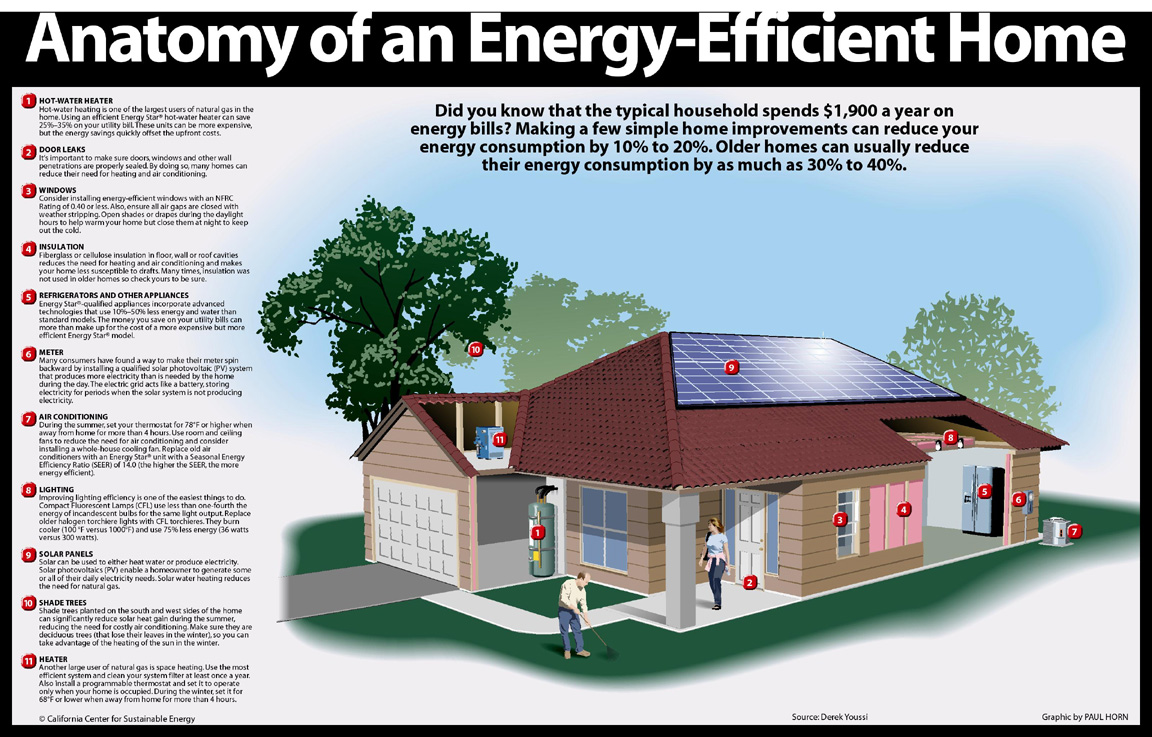
Dampers can also be located on individual floor or wall registers.
Position these dampers to direct heated air across the floor, or at least
away from exterior walls and windows. Plastic shields (deflectors) placed
over the registers will move the air away from obstacles such as curtains
and furniture. You should also position furniture, rugs, and appliances so
that they don’t block the registers.
Partially close dampers in small or unused rooms (don’t reduce the
heat so much that you risk freezing pipes or room contents), and fully
open them in large rooms. In addition, close fireplace dampers when the
fire’s not lit. For hot-water heating systems, the heat in specific rooms can
be adjusted using the valves on branch pipes or radiators.
Once you’ve made your heating or cooling system as efficient as
possible, it’s time to focus on keeping the warm or cool air inside. This
means insulating, caulking, and weather-stripping any place where
unheated or uncooled areas (such as crawlspaces and attics) can affect
the house’s living areas.
Creating an Energy-Efficient Household :
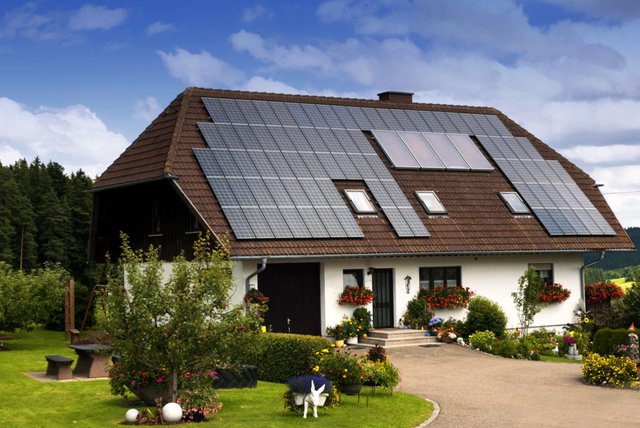
Energy efficiency isn’t just about your house—it’s also about how your
household uses the house and its systems. Consider turning down your
hot-water tank’s temperature to 120°F (which also reduces the risk of
scalding), and positioning the fridge away from heat sources like stoves,
dishwashers, and even sunlight (which make it work harder to cool
food). It also helps to maintain your appliances. Clean fridge and freezer
condenser coils and defrost freezers regularly, and clean dryer lint filters
with every load.
Take advantage of “passive” (and free!) solar heating in cold climates:
Open curtains and blinds when it’s sunny, and close them when it’s dark.
In hot climates, shield windows that face east, west, and south with
shade panels, awnings, shutters, blinds, or curtains. For a more
permanent solution, apply a reflective film to the window glass that lets
light, but not heat, into the house (see Chapter 17). Deciduous trees
(whose leaves drop in the fall) can reduce the heating effect of summer
sun while still allowing winter sun to warm up the house.
Operate appliances such as dishwashers, washing machines, and
clothes dryers only on full loads and on the shortest and coolest cycle
that will do the job. Use dishwashers and fridges on energy-saving
settings. When possible, air-dry dishes and clothes. (If you’re drying
laundry on the line, turn clothes inside out to reduce fading, and shake
the clothes to get rid of pollen, dust, and insects.)
To further reduce electricity use:
• Turn off lights and appliances such as stereos when you leave a room.
• Choose toaster ovens, microwaves, and electric skillets instead of
the oven.
• Turn off your computer monitor (even if you leave your computer on).
• Use a timer to switch on your car’s block heater just one to three
hours before it’s needed.
The Benefits of Insulation :
When you’re talking about insulation, you’ll hear the term “R-value” a lot.
R-value means “resistance” value—it measures the insulation’s ability to
resist conducting heat. The higher the R-value, the more the material
insulates. Insulation comes in several different varieties, with varying Rvalues. Fix-it jobs generally involve fiberglass batts, which have an R-value
of about 3 per inch of material. Loose-fill cellulose, which is also
common, has about 3.3 per inch.
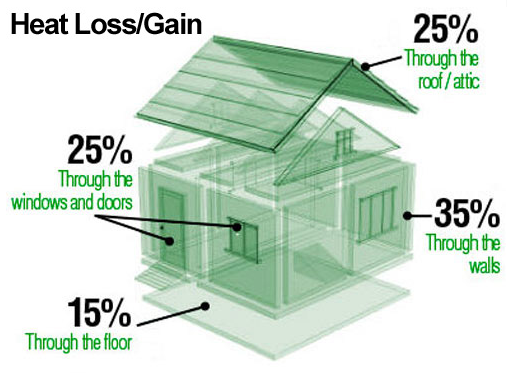
Your local building code will tell you what insulation level you need
in the house. Attics provide the greatest energy-efficiency return on
insulation investments, and it’s relatively easy to have additional insulation
laid or blown in to bring attics up to standard (see Chapter 15).
You may also be able to insulate areas such as unfinished basement
walls and crawlspace ceilings yourself (see Chapter 11), but insulating
inside wall cavities is not a fix-it job. If you’ve ever seen frost on the
inside of an exterior wall, you’ve seen a need for improving the wall’s
insulation. The most effective methods involve pumping in loose or
expanding-foam insulation through holes drilled in the walls—it’s a major
undertaking, and requires qualified contractors.
When you’re examining your house’s insulation, be aware that some
things shouldn’t be insulated, including attic vents (essential for house
ventilation), and anywhere that the insulation could catch fire (recessed
lighting, chimneys, flues, and electrical fixtures, where specific fireproof
insulation is needed).